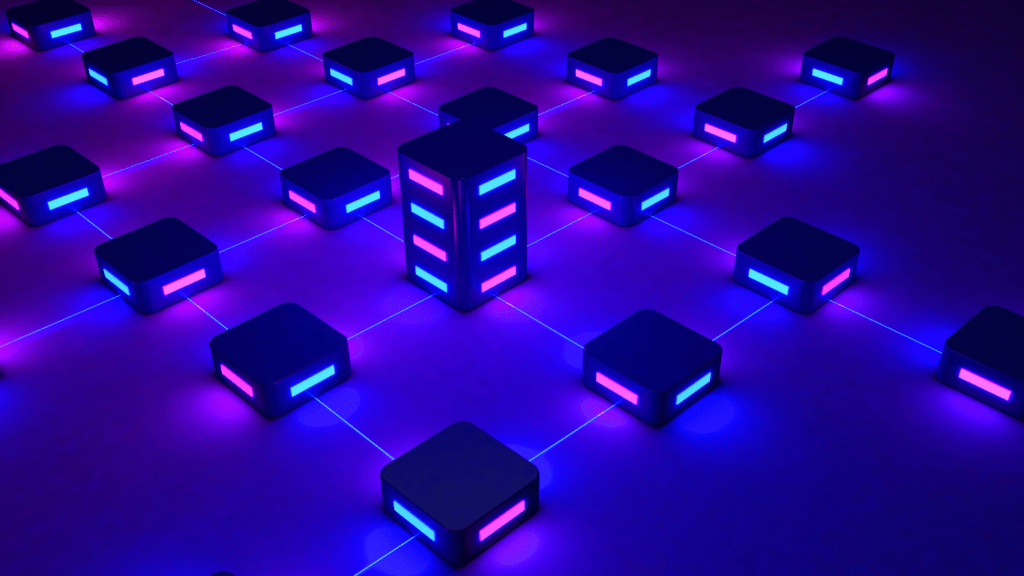Cryptocurrencies have revolutionized the way we think about money, but let’s face it—scalability has always been a challenge. Transaction delays and skyrocketing fees can make even the most innovative blockchain networks feel clunky. That’s where Layer 2 scaling solutions come in, promising to make crypto faster, cheaper, and more efficient.
What Are Layer 2 Scaling Solutions?
Layer 2 scaling solutions are protocols built on top of Layer 1 blockchains that enhance transaction speeds, reduce costs, and alleviate network congestion. They ensure decentralization and security by leveraging the underlying Layer 1 chain while handling computations off-chain.
Understanding Layer 1 vs Layer 2
Layer 1 refers to the base blockchain, like Ethereum or Bitcoin, responsible for core functions such as network security and transaction validation. It directly records and finalizes data on the main ledger. However, Layer 1 networks often face scalability limitations, leading to slower processing times and higher fees during peak activity.
Layer 2 operates alongside Layer 1 but processes transactions off-chain to minimize network congestion. For example, it aggregates multiple transactions into a single batch before submitting data to Layer 1 for validation. This approach lightens the load on the base chain and boosts efficiency without compromising security.
Key Features of Layer 2 Solutions
- Scalability Improvements: Handle thousands of transactions per second (TPS). For instance, rollups like Optimistic Rollups achieve significantly higher throughput compared to Layer 1 chains.
- Reduced Fees: Decrease gas costs by executing transactions off-chain. Layer 2 protocols, such as zk-rollups, lower per-transaction fees by bundling multiple operations.
- Security Assurance: Maintain a high-security level by relying on Layer 1’s robust consensus mechanisms. Fraud proofs and cryptographic methods reinforce integrity.
- Interoperability: Enable seamless communication between Layer 2 and Layer 1. Sidechains like Polygon ensure smooth asset transfers back to the main chain.
- Enhanced User Experience: Provide faster transaction confirmations and reduced latency. State channels, for instance, facilitate near-instantaneous payments for micropayment use cases.
Why Are Layer 2 Solutions Essential for Crypto?

Layer 2 solutions address core issues that limit blockchain networks, such as scalability and high transaction costs. By enhancing the performance of Layer 1 blockchains, they make crypto ecosystems more practical for global adoption.
The Scalability Challenge
Blockchain networks often struggle to handle increased transaction volumes. Popular platforms like Ethereum process around 15-30 transactions per second (TPS), far lower than systems like Visa, which processes over 24,000 TPS. This limitation causes network congestion during high demand, leading to delayed transactions and reduced efficiency. Layer 2 solutions resolve this by offloading computations and bundling transactions off-chain while maintaining the security of the underlying Layer 1 network.
Reducing Transaction Costs
High gas fees on networks like Ethereum make small transactions impractical for many. For instance, during peak usage, Ethereum gas fees can exceed $50 per transaction. Layer 2 solutions significantly lower costs by executing most activity off-chain and finalizing minimal data on Layer 1. This reduction enables affordable microtransactions, fosters inclusivity, and expands use cases in decentralized finance and Web3 applications.
Popular Layer 2 Scaling Solutions
Layer 2 scaling solutions play a crucial role in enhancing the performance of blockchain networks. They address key issues like slow transaction speeds and high fees without compromising security. Below are some widely adopted Layer 2 solutions shaping the future of crypto.
Lightning Network
The Lightning Network is a Layer 2 solution designed for Bitcoin. It enables fast, low-cost transactions by creating off-chain payment channels between users. These channels process numerous microtransactions and settle only their final state on the Bitcoin blockchain, significantly reducing network load. By promoting instant payments with negligible fees, the Lightning Network makes Bitcoin more practical for everyday use, such as retail payments and remittances.
Optimistic Rollups
Optimistic Rollups are a popular Layer 2 scaling solution for Ethereum. They bundle multiple transactions into a single batch, which is then executed off-chain and submitted to the Ethereum mainnet for verification. They assume transactions are valid by default but include fraud-proof mechanisms to ensure security. Optimistic Rollups enhance scalability by allowing thousands of transactions per second and reducing gas fees significantly. Projects like Optimism and Arbitrum leverage this technology to enable developers to build scalable decentralized applications (dApps).
zk-Rollups
zk-Rollups are an advanced Layer 2 scaling technology that prioritizes security and efficiency. They use zero-knowledge proofs to validate transactions off-chain and submit a compressed proof to the Ethereum mainnet. Unlike Optimistic Rollups, zk-Rollups don’t rely on fraud challenges, which makes them faster and more secure. This solution reduces fees while improving throughput, making it ideal for use cases requiring high-speed transactions, such as gaming and decentralized finance (DeFi). Leading implementations like zkSync and StarkNet are driving adoption of zk-Rollups across the crypto ecosystem.
Potential Benefits of Layer 2 Solutions
Layer 2 scaling solutions bring transformative benefits to blockchain networks by addressing critical issues like:
- transaction delays
- inefficiency
- user accessibility
These solutions play a pivotal role in making cryptocurrencies more practical for widespread adoption.
Faster Transactions
Layer 2 solutions process higher volumes of transactions by handling computations off-chain. By reducing the load on Layer 1 blockchains, they achieve speeds of thousands of transactions per second (TPS), compared to Ethereum’s base TPS of 15-30. For instance, the Lightning Network enables Bitcoin microtransactions to finalize almost instantly, offering a smoother experience in time-sensitive situations.
Improved Network Efficiency
Efficient handling of transactions off-chain reduces congestion and optimizes resource use on the underlying blockchain. By lowering gas fees, Layer 2 solutions make small-value transactions cost-effective. Optimistic Rollups, for example, bundle hundreds of transactions into fewer on-chain interactions, cutting computational demands while maintaining consensus integrity.
Enhanced User Experience
Faster processing and cost-effectiveness enhance blockchain usability for regular users. Quick confirmations, reduced latency, and lower fees improve interactions in applications such as DeFi, gaming, and decentralized exchanges. zk-Rollups, leveraging zero-knowledge proofs, provide secure and seamless operations, making Web3 platforms more intuitive and accessible.


 Blockchain Tech Contributor
Blockchain Tech Contributor

